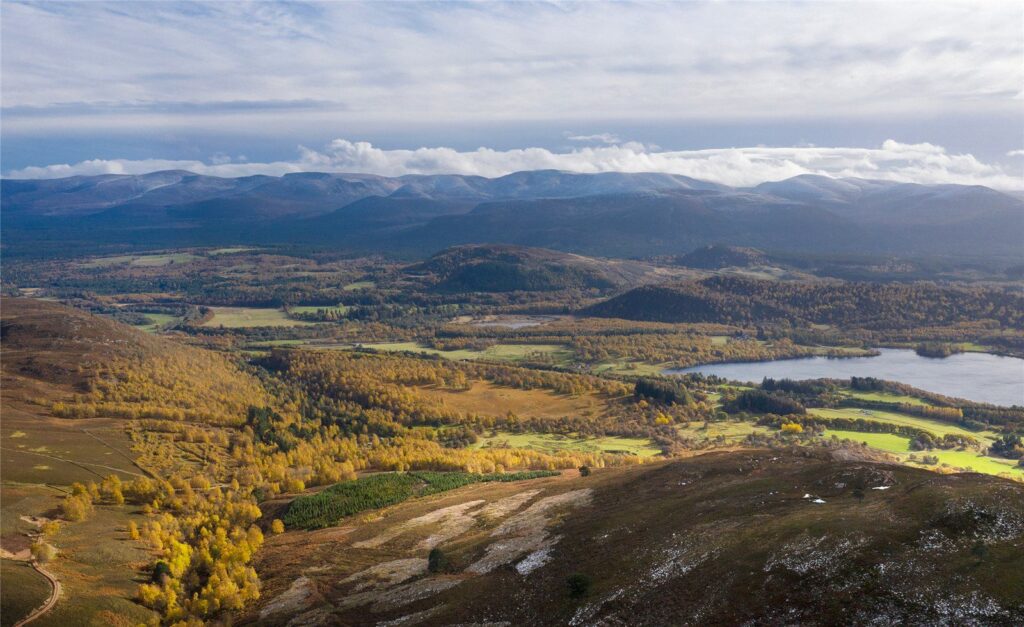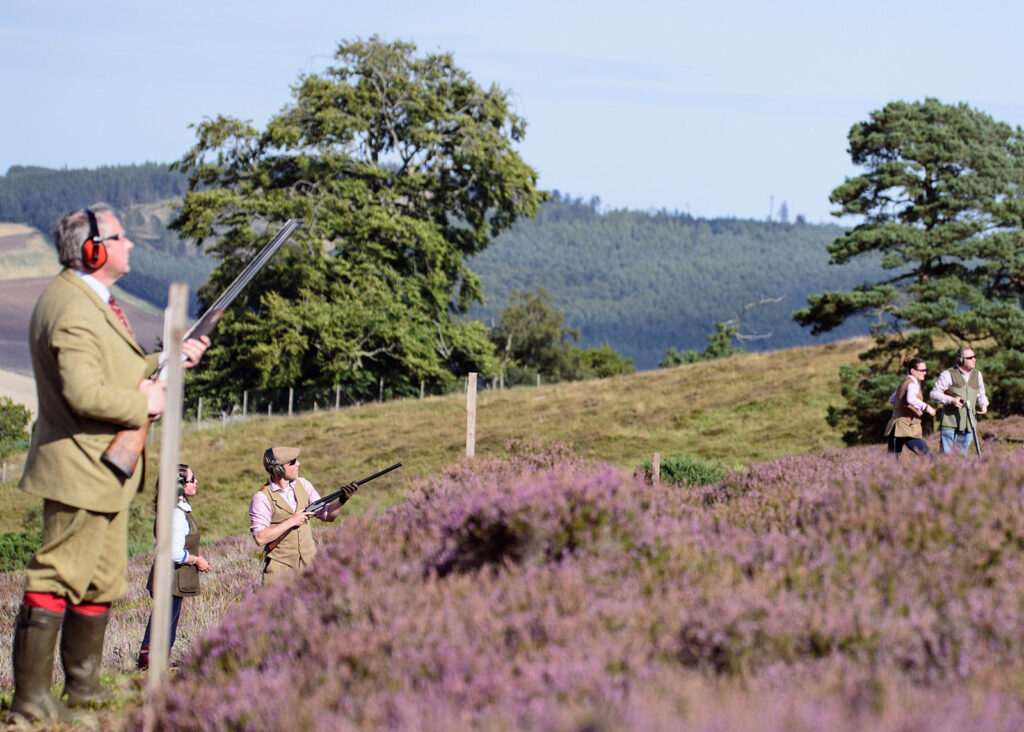Create a modern upland economy underpinned by nature restoration and climate solutions.

Kinrara is a 9,000-acre estate near Aviemore in the Cairngorms National Park. Like many of its kind, for a good part of the last century it has been intensively managed as a grouse moor. Its heather hills are a chessboard of charred patches, marking out where they have been set alight to cultivate younger, more nutritious shoots for grouse to eat.
BrewDog, the multinational brewery and pub chain, announced in April that it had purchased the estate to offset its carbon footprint through habitat regeneration and ending grouse shooting. The business intends to start work on what it describes as the “biggest native woodland establishment and peatland restoration project ever carried out in the UK”, which will help the company become the world’s first carbon negative brewery.
It may sound like a wildcard, but BrewDog is tapping into a genuine trend among businesses to invest in nature’s recovery as part of the race to reach net-zero. However, there is no need for companies to buy their own estate: instead they can pay existing landowners for the carbon stored by that land. Big corporate buyers—from supermarket chain Iceland to tech powerhouse Google—have invested into the carbon offset market over the past year. Subsequently, the value of the global carbon market increased by 20% in 2020 to $277 billion (£203 billion), despite the coronavirus crisis resulting in reduced emissions from industries like aviation that are set to become big buyers.
With interest from policy makers growing, not least the UK announcing that it is bringing forward climate targets to cut carbon emissions by 78% by 2035, carbon offsetting is an obvious entry point to tackling systemic problems of intensive land use.
Moorland owners are at a clear advantage to compete in the carbon offsetting market by capitalising on the vast peatlands which characterise the uplands. New research published by the government’s nature protection agency, Natural England, has placed peatlands in the top trio of habitats most important for carbon storage. To this effect, the world’s largest energy trader Vitol has said that it expects carbon offsets from nature-based solutions may be the biggest growth area. These land-use initiatives are already by far the largest sector of the market in economic terms.
Swap grouse shooting for simulated game bird shooting

Despite a large amount of resources going into running a grouse moor this idiosyncratic way of managing land is often a risky and inefficient business model. Its economic productivity rests entirely on sensitive wild game birds breeding and their young surviving, at a time when a turbulent climate brings extreme hot and cold weather which prevents them from doing anything but. For the past three years this ‘gamble on grouse’ has not paid off, with some estates reporting that grouse stocks are at their lowest level in living memory. With a string of externalities placing pressure on grouse shooting this is unlikely to change any time soon.
In order to maintain the traditional presence of a shoot and bring in a stable income, a number of entrepreneurial estates have diversified into offering simulated grouse shooting—which replicates targeting game birds with clay discs—in lieu of the ‘real thing’. The most renowned of these is the Thimbleby Estate, nestled on the edge of the North York Moors, which was recently named as one of the country’s top ten simulated grouse shoots by GunsOnPegs. Its simulated game shoots generate thousands of pounds of income per day by offering a luxury experience to shooting parties.
There are many ways which simulated grouse shooting offers a more efficient business model than its live-bird counterpart. Not only is it not legally-constrained to four months of the year by a closed shooting season, but the absence of dependence on breeding wild birds makes it far more reliable. This means that businesses can offer sustainable, year-round and unlimited simulated grouse shooting.
The British Association for Shooting & Conservation (BASC) has even gone so far as to endorse the authenticity of the simulated shooting experience: “Simulated game shooting has all the thrills, all the fun, all the scenery and all the good companionship. It’s an ideal way to entertain your friends or make new ones… [with] all the trappings of a traditional game shoot but the targets are clay.”